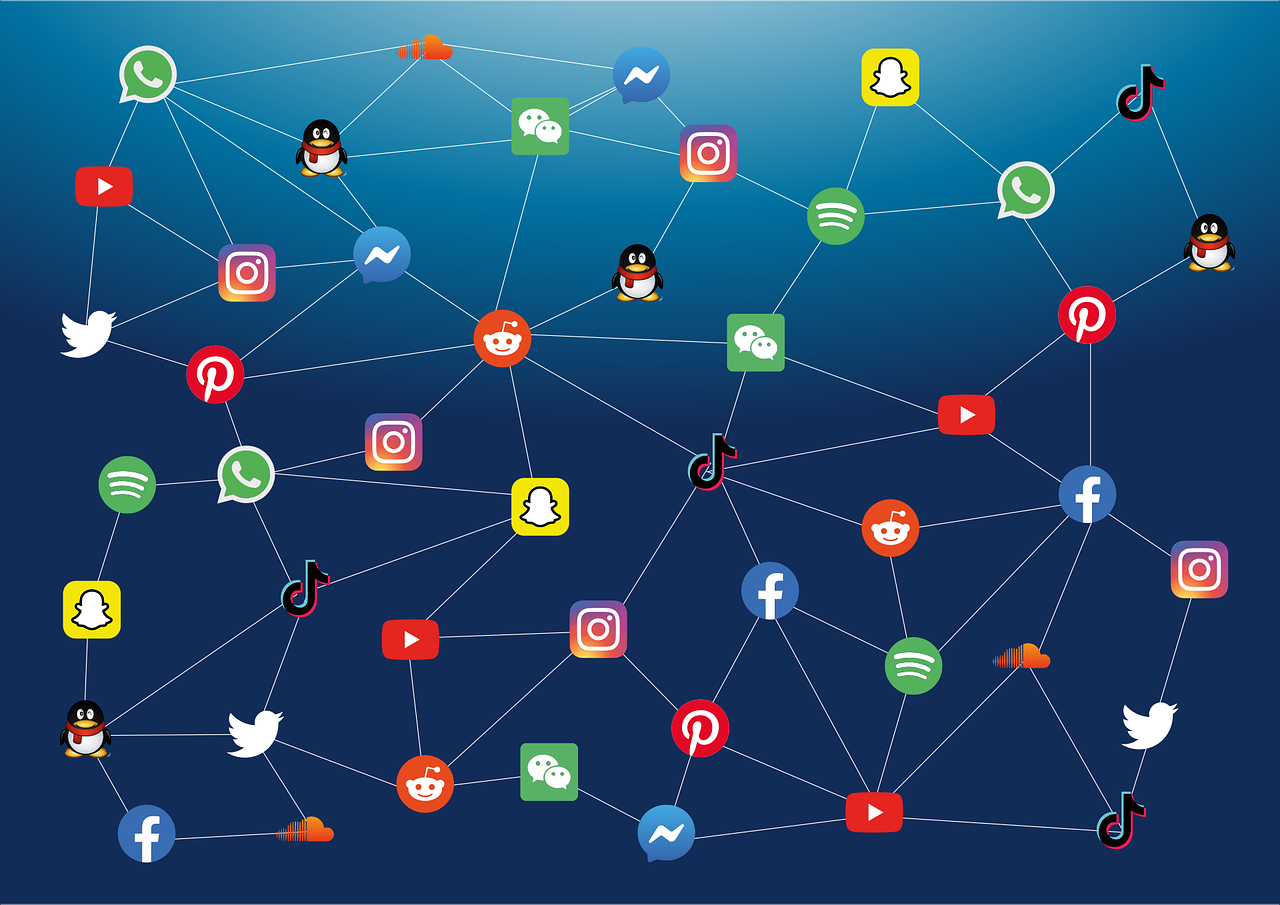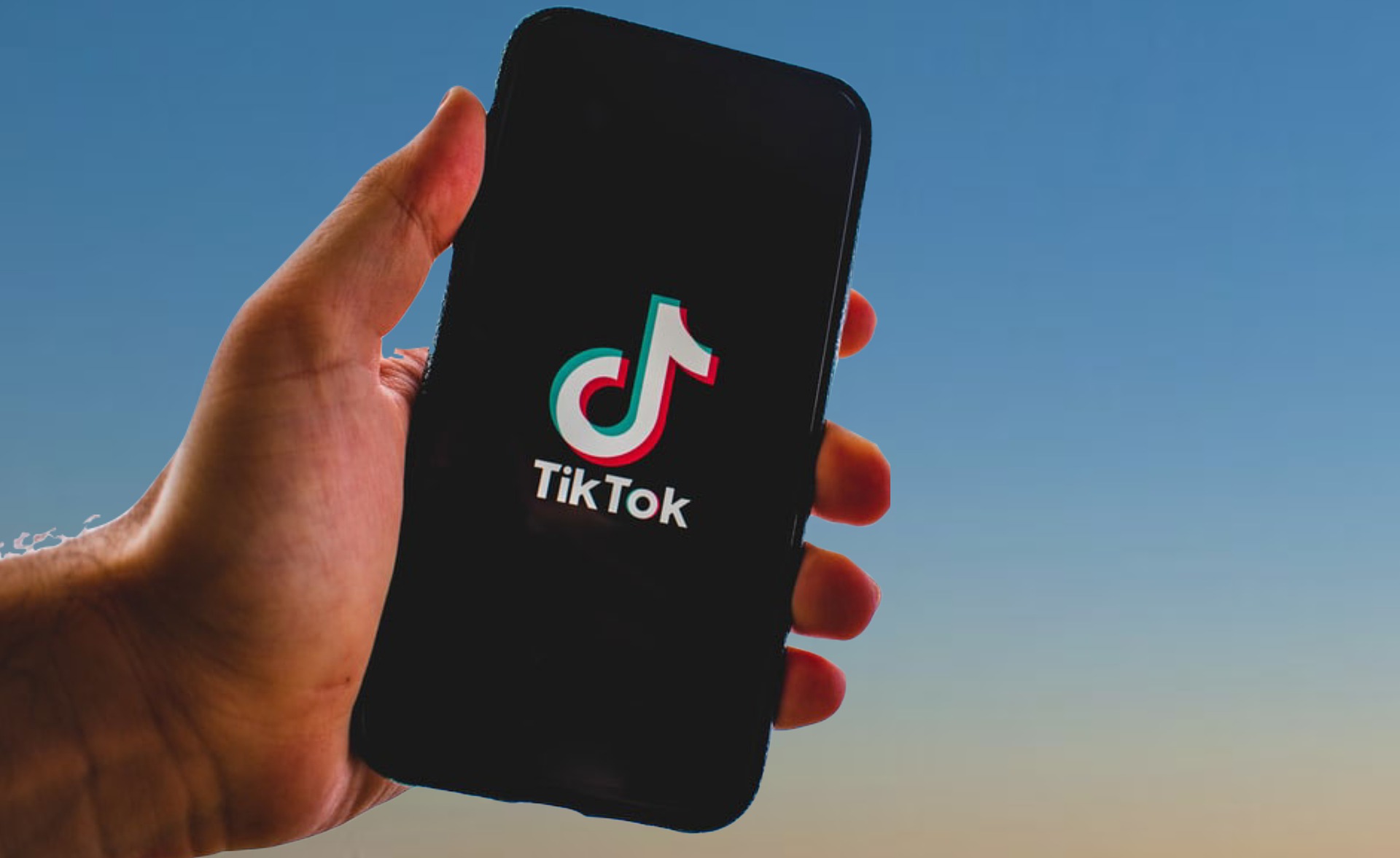Waking up early in the morning to take advantage of the natural light, Fatima Ahmed films herself packing and wrapping notebooks and bookmarks. Using a makeshift extender attached to an old tripod, she sets her phone up to capture good overhead footage of how she packs. In post-production, she overlays footage and uses popular sound clips to make them more appealing.
Ahmed, the owner of WIP Designs, an online stationery store, uses these short videos to market her business. She uploads them to TikTok, a short-form video hosting service, and then to Instagram as “reels,” clips of a minute or less.
After getting frustrated with posting on Instagram, Ahmed decided to try TikTok despite some initial hesitation. TikTok “helped me reach a lot of people who are interested in what I’m doing,” she says, and it’s helped generate quite a few orders. “The videos really do help the business.”

Many small businesses in Egypt and abroad have started using TikTok and Instagram reels to drive sales. The short-form clips model on both platforms has been so successful that Adam Mosseri, head of Instagram, announced in June 2021 that the platform would move away from photos and focus more on videos.
However, some businesses are reluctant to make this move or don’t know how to navigate the switch.
Reluctance
Though a relatively new approach in Egypt, TikTok has been a talking point in the marketing strategies of some companies since 2020. Forbes Magazine, for example, has been publishing guides on Tiktok marketing for more than two years. However, some still considered the platform a “fad or only for kids,” said Mihovill Grguric of mobile marketing agency Udonis. However, he also pointed out that Instagram and Facebook were once considered fads. At some point, the internet itself was seen as a fad, he said, adding that all such fads have since “become an integral part of our lives.”
The reluctance appears to be specific to short-form videos. Video marketing has been on the rise for some time, as explainer video company Wyzowl’s State of Video Marketing 2020 report showed. The number of businesses using videos in their marketing increased from 61% in 2016 to 85% in 2020. This investment in video marketing is hardly shocking: In 2020, consumers watched an average of 16 hours of online video per week, up 52% from 2018.
Marcia Layton Turner of Forbes speculates that disregard for TikTok may be because its users “skew younger than other platforms, with the largest demographic being Gen Zers,” born between 1997 and 2012.
“All top social networks we use today started by first attracting a younger audience,” said Grguric. “When it first emerged, Instagram was also used primarily by teens and young adults. Now, all age groups use it, as well as 25 million businesses. The same can happen with TikTok.”

Indeed, TikTok is on the fast track to that possibility. In December, website traffic metrics site Cloudflare Radar found TikTok had surpassed Google and Facebook as the world’s most popular web domain. TikTok was also the most downloaded smartphone app in the first quarter of 2022 (176 million times), becoming the fifth app to exceed 3.5 billion downloads, according to analytics firm Sensor Tower.
Appealing algorithm
While some may attribute TikTok’s popularity to a “needed dose of silliness during the pandemic,” as The New York Times’ Shira Ovide described it, this discounts just how well the algorithm works to show people content they want to see. The app takes users “down an infinite scroll of short videos,” wrote BBC’s Bryan Lufkin, and content is “pushed out to a lot of different kinds of people.” That is what Ahmed also noted in her experience with the platform.
Forbes writer Michelle Greenwald described the investment in design and algorithm that parent company ByteDance made to “be highly nuanced and accurate for each TikTok user.” The platform’s “For You” page curates content specific to every user’s interests in what tech expert Eugene Wei called “passive personalization: learning through user consumption.”
While most similar apps depend on searches, Greenwald said, TikTok measures several parameters of viewer experience. These include swipe-ups (essentially skipping to the next video), swiping away out of the loop entirely, whether and how often users rewatched the video, or if users even finished watching the video. “Because the videos are so short, the volume of training data a user provides per unit of time is high. Because the videos are entertaining, this training process feels effortless, even enjoyable, for the user,” wrote Wei.
Then there are the parameters the app measures outside of actual viewing time: for example, whether users share it and if they tapped to see the poster’s profile, and if they followed him or her. That is in addition to the basic information other apps collect, including who follows the user, what videos they’ve watched, where and when they watched them, on what device, and viewer demographics and psychographics. That is how TikTok makes sure users see exactly what they want. Ovide said she “might see Black Lives Matter videos, while [someone else] might see only celebrities dancing.”
However, there’s also more to TikTok than just a clever algorithm. Ovide described how TikTok gives her “a sense of someone’s essence and, taken together, of our collective essence.” With a 60-second limit on videos, it “means users don’t need to create much filler. It’s a distilled expression of how people are feeling.”
TikTok business
It may be that essence and distilled expression that are making it or breaking it for businesses on TikTok. The platform is about “capturing unfiltered, unstaged real-life and production value is less important,” said Greenwald. Many popular videos on TikTok are filmed in bathrooms or kitchens, with users in pajamas or half asleep. There’s even a rise in ‘TikTok houses,’ she added, where several creators can come and collaborate to create authentic content.
That might be why it was easier for small or medium businesses to start using TikTok. “It’s an adjustment for brands, who are accustomed to filming on designed sets,” said Greenwald. The short-form videos, in a way, break down the barrier between the business and the customer. “People like videos more. It helps them see the product live. It’s not an edited picture. They get to see it move [and see] its angles,” Ahmed of WIP Designs said.
Smaller brands that already have to get by with fewer resources can find adapting to TikTok easier. Ahmed had to make do with her phone and an old tripod when she started. It was only much later in the process that she looked into other equipment. Even then, there was a learning curve. She learned that “posting speeded up packaging videos isn’t always the best. It doesn’t reach a lot of people.” Instead, using a few different shots in one video with popular music gets more traction.

Some big companies that personalized their content to the platform have found some success.
American retail giant Walmart capitalized on the popularity of Tiktok challenges by creating “the #SavingsShuffle, an on-brand dance challenge,” said Rafael Sales, a data strategist at Sparkloft Media. The hashtag for the challenge accumulated more than 450 million views. Starbucks also found some success on the platform by posting interviews with baristas and announcing new flavors. Cookie brand Oreo creates videos humanizing the cookies, the kind of “silly videos” users enjoy.
In Egypt, very few big companies have experimented with TikTok. Some companies have experimented with Instagram Reels, posting spliced and edited versions of TV ads or behind-the-scenes footage. However, most attempts at reels are short-lived.
“If your business has a product, the best type of content to create is one that showcases your product but doesn’t feel like an overt ad,” said Austin Iuliano, a social media consultant. Instead, he described a video by Bearded Dragon hot sauce, a “top-down shot of ingredients being added in, stirred, cooked, blended, then added to the bottle.” The video went viral, he said.
It’s hard to predict what videos go viral, though, said Greenwald. Thus, it can’t be a strategy. “Successful content on TikTok is very personal and creator driven, and brands don’t usually have individualized personalities.”
That said, experts have some ideas on using TikTok as a business. Greenwald recommends figuring out a brand’s reason for being on the platform: “Don’t just show up. Think about why the algorithm should serve the content to anyone.”
Successful brands such as Walmart, Oreo and Starbucks find ways to create authentic content for the platform while remaining on brand and in tune with their target demographic. Grguric recommended keeping it light, fun, and candid: “Content that’s humorous, candid and informal performs the best.”
While brand content does well on Instagram and Twitter, users reject it on TikTok, said Greenwald. And although businesses can stack their bets on those platforms, it seems that even those platforms may be learning a few lessons from TikTok. For example, Instagram announced last year its plans to move toward video. YouTube launched “Shorts,” its name for 60-second clips, in October 2020. Facebook also has been pushing more video content.
Whether short-form videos remain on TikTok or slowly spread to other platforms, businesses will have to adapt to using them. By creating authentic, on-brand and humorous messages for the platform, businesses have an opportunity to connect with their customer base in a way they never could before. “Companies willing to be humorous and entertaining, or to make fun of themselves, have the potential to gain quick traction on TikTok,” said Turner.







